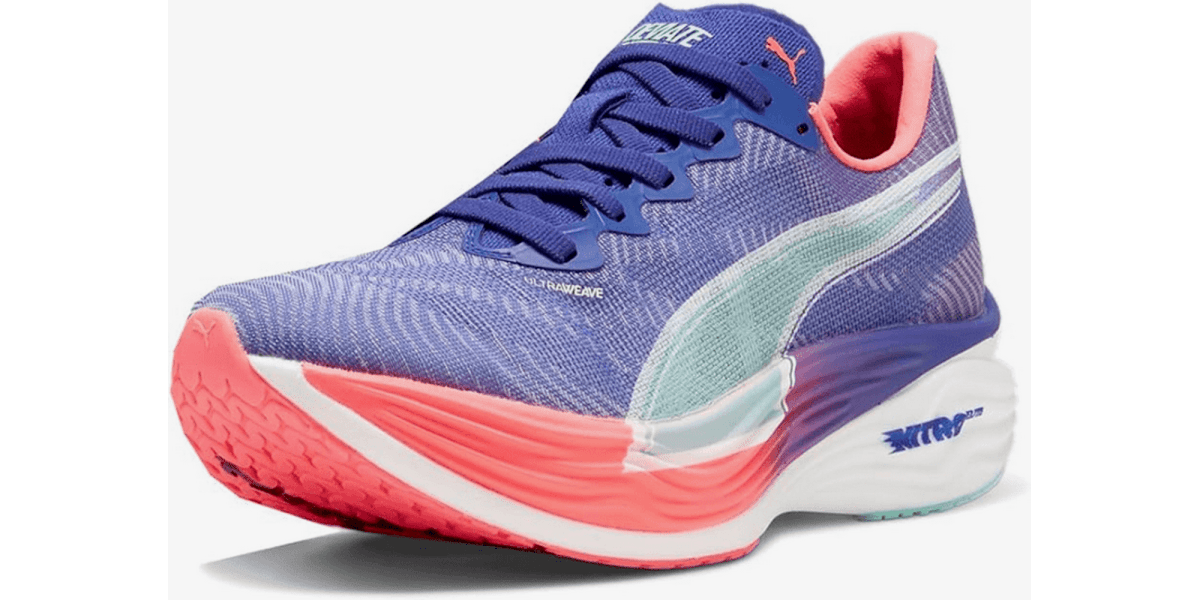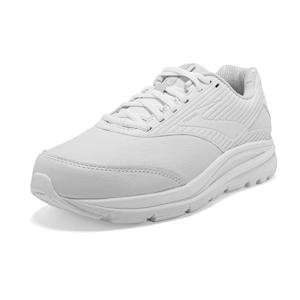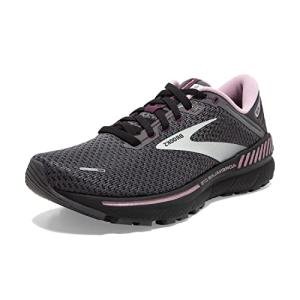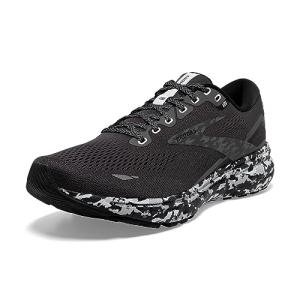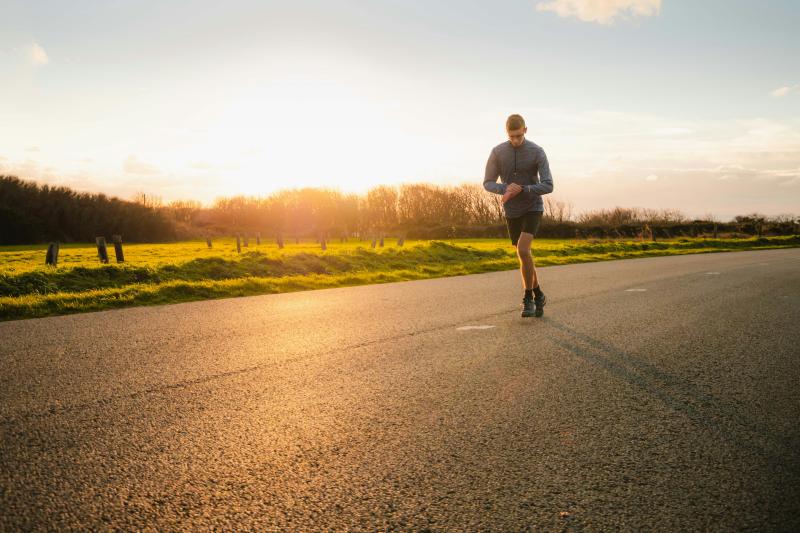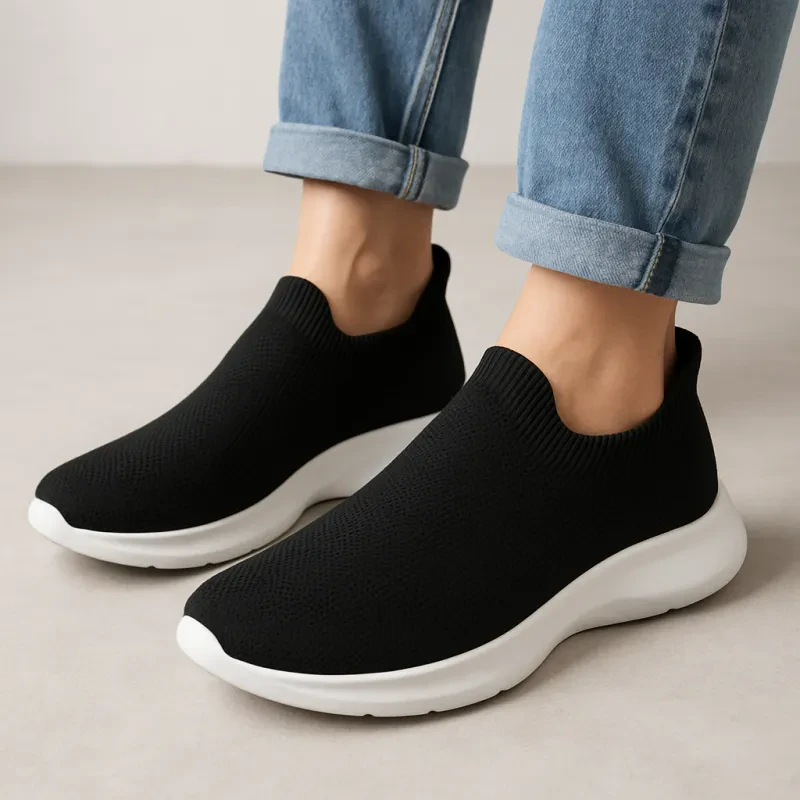Effective Tips for Comfort and Fit:
Breaking in new sneakers can feel challenging, but it doesn’t have to be painful.
By taking the right steps, anyone can make their new shoes comfortable without dealing with blisters or discomfort.
A thoughtful approach to how sneakers fit and how they are worn can transform the experience.

Gradual techniques and simple preparations are key to ensuring the sneakers adapt to your feet naturally.
Understanding the anatomy of the shoe and the unique fit it offers can help avoid common mistakes during the break-in period.
With patience and the right strategies, new sneakers can quickly become a favorite pair.
Key Takeaways
- Start with gradual wear to allow sneakers to adapt to the feet.
- Use simple techniques to avoid discomfort during the break-in phase.
- Proper care helps maintain sneaker comfort and longevity.
Understanding Sneaker Fit and Anatomy

Proper fit and understanding the key parts of sneakers are important for comfort.
Knowing how to measure feet and what components affect fit can help avoid pain when breaking in new sneakers.
Foot Measurement and Sneaker Sizing
Accurate foot measurement is the first step to finding the right sneaker size.
Feet should be measured at the end of the day when they are at their largest.
To measure, stand on a piece of paper and outline each foot. Then, measure the distance from the heel to the longest toe.
When choosing a sneaker size, it’s vital to consider brand sizing variations. Different brands may have different sizing charts.
Some companies provide specific size guides to help customers find their best fit.
Shoes should feel snug but not tight. The toe box needs to have enough room to wiggle the toes.
Key Sneaker Components Affecting Comfort
Several sneaker components play significant roles in comfort.
The upper is the part that covers the foot. Materials used here affect breathability and support.
The midsole, often made from foam, provides cushioning and shock absorption. This is crucial for comfort during wear.
The outsole comes in direct contact with surfaces and provides traction. A good grip can prevent slips.
Arch support is another key feature. It helps in proper alignment and reduces fatigue.
Selecting a sneaker that offers the right arch support based on foot shape is vital for long-term comfort.
Preparatory Steps Before Wearing

Before putting on new sneakers, it is essential to prepare properly. Taking the right steps can help prevent discomfort and make the break-in process smoother.
The Importance of Proper Socks
Choosing the right socks is crucial when breaking in new sneakers.
Thick, cushioned socks can provide extra comfort, reducing friction against the skin.
Avoid cotton socks, as they can trap moisture, leading to blisters.
Instead, opt for moisture-wicking materials that keep feet dry.
Seamless socks are a great option too, as they minimize irritation.
It’s also helpful to ensure that the socks fit well; they should not be too tight or too loose.
Wearing proper socks will create a good environment for the sneakers and enhance the break-in experience.
Initial Home Wear and Flexibility Exercises
Wearing new sneakers at home is a smart way to start the break-in process. This approach allows for gradual adjustment without too much strain.
It’s best to wear them for short periods, gradually increasing the time.
In addition to wearing the shoes, incorporating flexibility exercises can help.
Simple movements like toe raises or ankle circles can improve comfort. Stretching the footwear gently can also increase flexibility.
Using this method, the sneakers will start to mold to the feet without causing pain.
Aim to do these exercises for a few minutes each day while wearing the shoes. This combination will lead to a better fit over time.
Gradual Break-In Techniques

To break in new sneakers without pain, using gradual techniques can make a big difference. These methods can help prevent blisters and discomfort, ensuring a smoother transition to wearing new footwear.
Short Incremental Wearing
Starting with short wearing sessions is key. Begin by wearing the new sneakers for just 15 to 30 minutes at home. This helps feet adjust to the shoes without causing too much stress.
Gradually increase the wearing time by 10 to 15 minutes each day.
This gentle approach allows the material to stretch and adapt to the shape of the foot. It is also a good idea to wear socks that provide some cushioning.
If any discomfort arises, take a break. Listening to the body is essential.
It’s better to take extra time than to rush and end up with painful blisters.
Targeted Stretching Methods
Using targeted stretching methods helps make new sneakers more comfortable.
This can include bending and flexing the shoe by hand.
A common technique is to put on thick socks and wear the shoes around the house for an hour. The socks add extra pressure on tight areas, encouraging the shoe to stretch in those spots.
Another method is using a shoe stretcher. This adjustable device fits inside the shoe and helps expand specific areas.
Applying heat, like with a hairdryer, can also soften the material. Just be careful not to overheat and damage the shoe.
Using these stretching techniques can help create a customized fit for each foot, making the break-in process smoother and more comfortable.
Maintaining Comfort and Longevity of Sneakers
To keep sneakers comfortable and lasting longer, regular cleaning and proper storage are key. These practices help maintain the shoe’s shape, support, and appearance.
Regular Cleaning and Maintenance
Cleaning sneakers regularly prevents dirt buildup and maintains their appearance.
Start by using a soft brush or cloth to remove dirt and debris. For tough stains, a mild soap solution works well.
Steps for Cleaning:
- Remove laces and insoles before cleaning.
- Use lukewarm water and a soft cloth.
- Rinse thoroughly to remove any soap residue.
Dry sneakers at room temperature, avoiding heat sources, which can damage the materials.
Replacing worn-out insoles enhances comfort and support. Regularly check for worn-out areas to catch potential issues early.
Appropriate Storage Practices
Proper storage helps sneakers keep their shape and comfort.
It is best to store shoes in a cool, dry place.
Tips for Storing Sneakers:
- Use shoe boxes or racks to avoid overcrowding.
- Avoid placing heavy items on top of them.
- Consider using shoe trees to maintain their shape.
Keeping sneakers away from direct sunlight prevents fading and damage.
Regularly check sneakers when stored for any signs of wear or mold, especially in humid climates.
Frequently Asked Questions
Breaking in new sneakers can raise many questions. It is important to understand effective methods and best practices to avoid discomfort and ensure a good fit.
What are the most effective methods to stretch new sneakers for a better fit?
To stretch new sneakers, wearing them with thick socks can help. Walking around the house for short periods allows the material to expand gently.
Another option is to use a shoe stretcher, which can widen specific areas.
Is there a recommended amount of time to wear new sneakers daily to prevent blisters?
Wearing new sneakers for about one to two hours a day is often recommended at first.
Gradually increasing the time allows for comfort adjustments without causing blisters.
It’s best to pay attention to any discomfort during this period.
Can you suggest any specific shoe accessories that aid in breaking in sneakers comfortably?
Gel inserts or cushioned insoles can provide extra comfort while breaking in sneakers.
Blister prevention pads are also useful in areas prone to friction. These accessories can help reduce discomfort.
Are there any particular walking techniques that help with the breaking-in process of new sneakers?
Taking shorter strides can help ease pressure on new sneakers.
Focusing on a gentle heel-to-toe roll while walking can allow for smoother movement. This technique can reduce stress on the shoes and feet.
What are the best practices for breaking in sneakers to avoid foot pain?
Starting with short durations and gradually increasing wear time is key.
Alternating between old and new sneakers while breaking them in can also minimize pain.
Staying mindful of any areas causing discomfort will help.
How can I identify if the discomfort from new sneakers is due to improper fit or just the breaking-in process?
If pain persists beyond a few wear sessions, it may indicate an improper fit. Sneakers that cause sharp pain or consistent irritation likely do not fit correctly.
The breaking-in period should involve mild discomfort, not severe pain.
